If you could paint a picture of the perfect ’80s ‘Yuppie’ – a fashionable Young Urban Professional obsessed with material possessions and financial success – then the ideal car to complete that stereotype would be a Porsche 944.
Unencumbered by the snobbery that dictated that real Porsches should be rear-engined, yet somehow discerning enough to know the 944 was more than just an image statement, this youthful exuberance for Porsche’s new mainstay model made it the definitive front-engined, rear-drive European sports car of its time.
Yet as the 944 approached the ’90s, something dramatic happened at Porsche. The Stuttgart firm revitalised its 25-year-old 911 with the 964 generation – giving it a substantial boost in modernity, ability, and popularity – and followed that up four years later with the even more revered 993 generation, the final air-cooled 911.
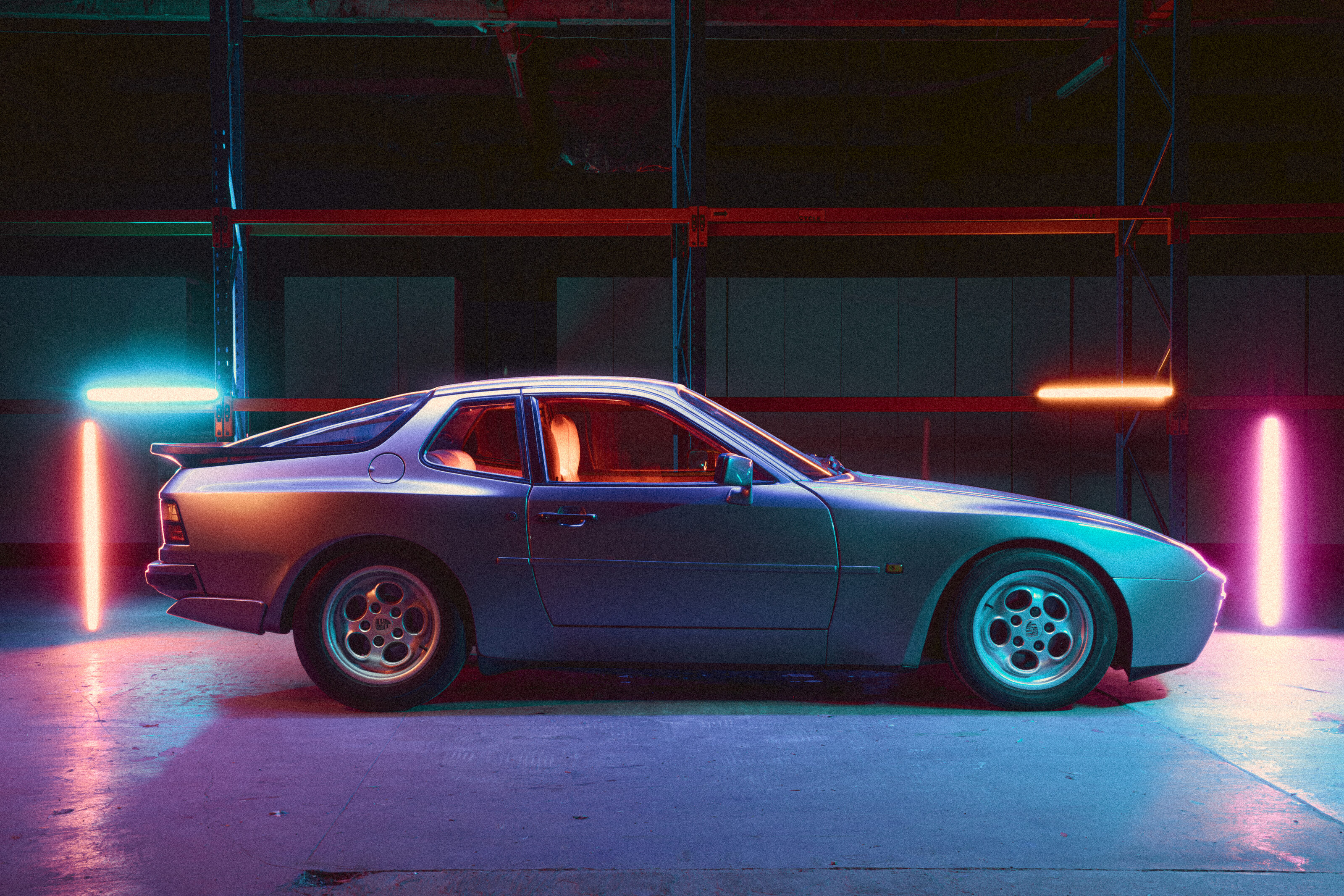
As interest in rear-engined Porsches gathered momentum – bolstered by the new mid-engined Boxster (1996) – the four-cylinder 944 slowly slipped into the background, no longer the darling of its era, nor a flat-six. But still every inch a Porsche, as it turns out.
No conversation about the 944 is complete without referencing its origins – that being Porsche’s ‘transaxle era’, starting with its first front-engined, water-cooled car, the 924.
It’s no secret that the 924 was developed in conjunction with Volkswagen, as a replacement for the VW-Porsche 914 but intended to be a sports car for Audi, in conjunction with a Porsche-made version. Developed alongside Porsche’s forthcoming gran turismo, the V8-engined 928, the 924 shared not only that car’s transaxle layout with the gearbox mounted on the rear axle to improve weight distribution as well as traction, but also its proportion.
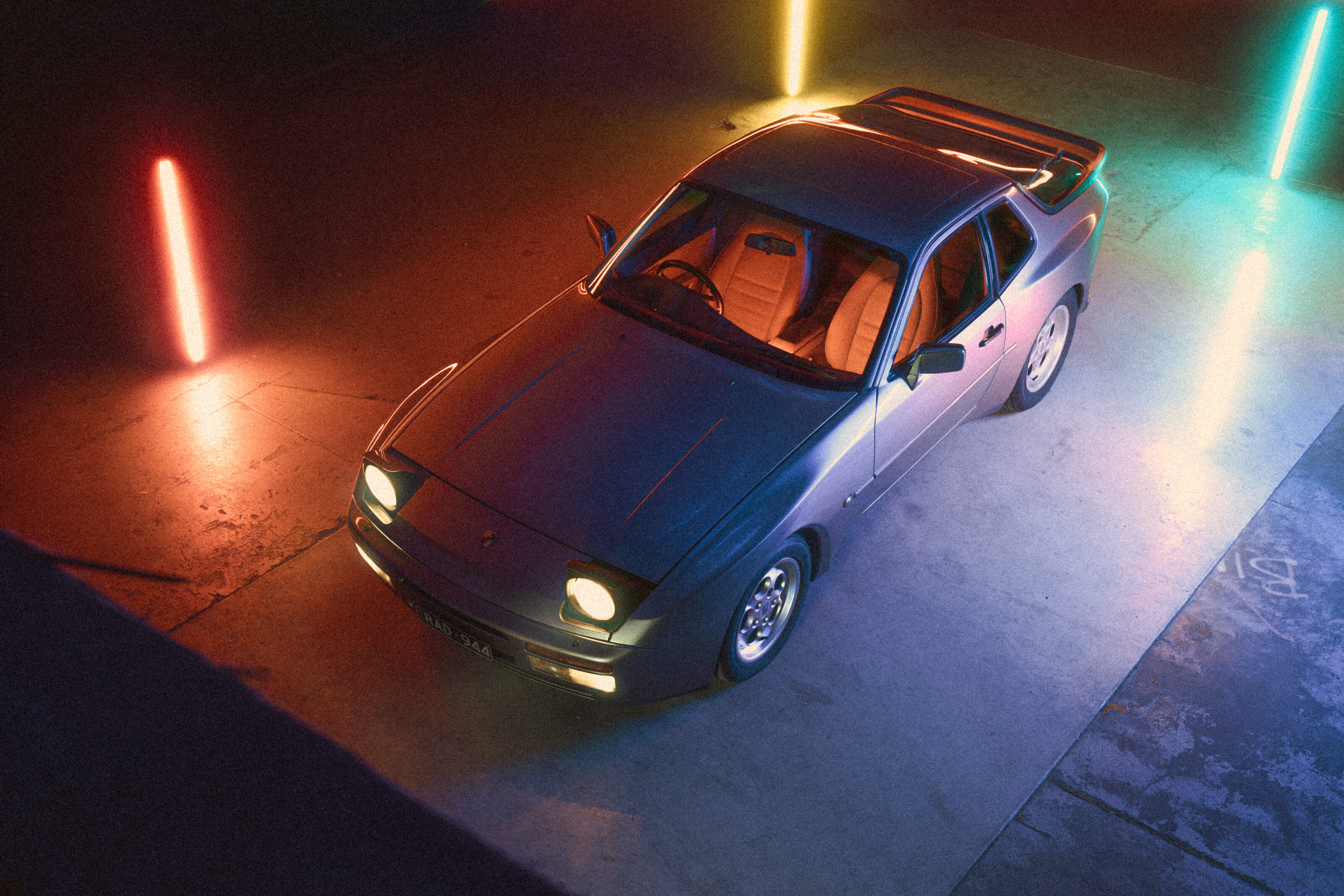
It’s no secret that the 924 was developed in conjunction with Volkswagen, as a replacement for the VW-Porsche 914 but intended to be a sports car for Audi, in conjunction with a Porsche-made version.
Styled for the most part by Harm Lagaay (the rear glass ‘hatch’ was incorporated from a competing design proposal by Richard Soderberg), the Dutch designer said he always had a Porsche aesthetic in mind when designing the 924. When VW aborted the project in late-1974 due to financial pressure, Porsche bought the rights to the car and launched it a year later.
With two of Porsche’s three models featuring front-mid-mounted engines and transaxle gearboxes, the 924 had a distinct Stuttgart flavour and a clear family resemblance. But the one chink in its armour was its VW-Audi 2.0-litre four-cylinder.
Even with a Porsche cylinder head and Bosch fuel injection, it wasn’t a match for the 924’s dynamics. And while the 924 Turbo (1978) and 924 Carrera GT (1980) literally boosted the 924’s sports-car credentials to a seriously credible level, there was still room for another sports car between the 924 and the 911.
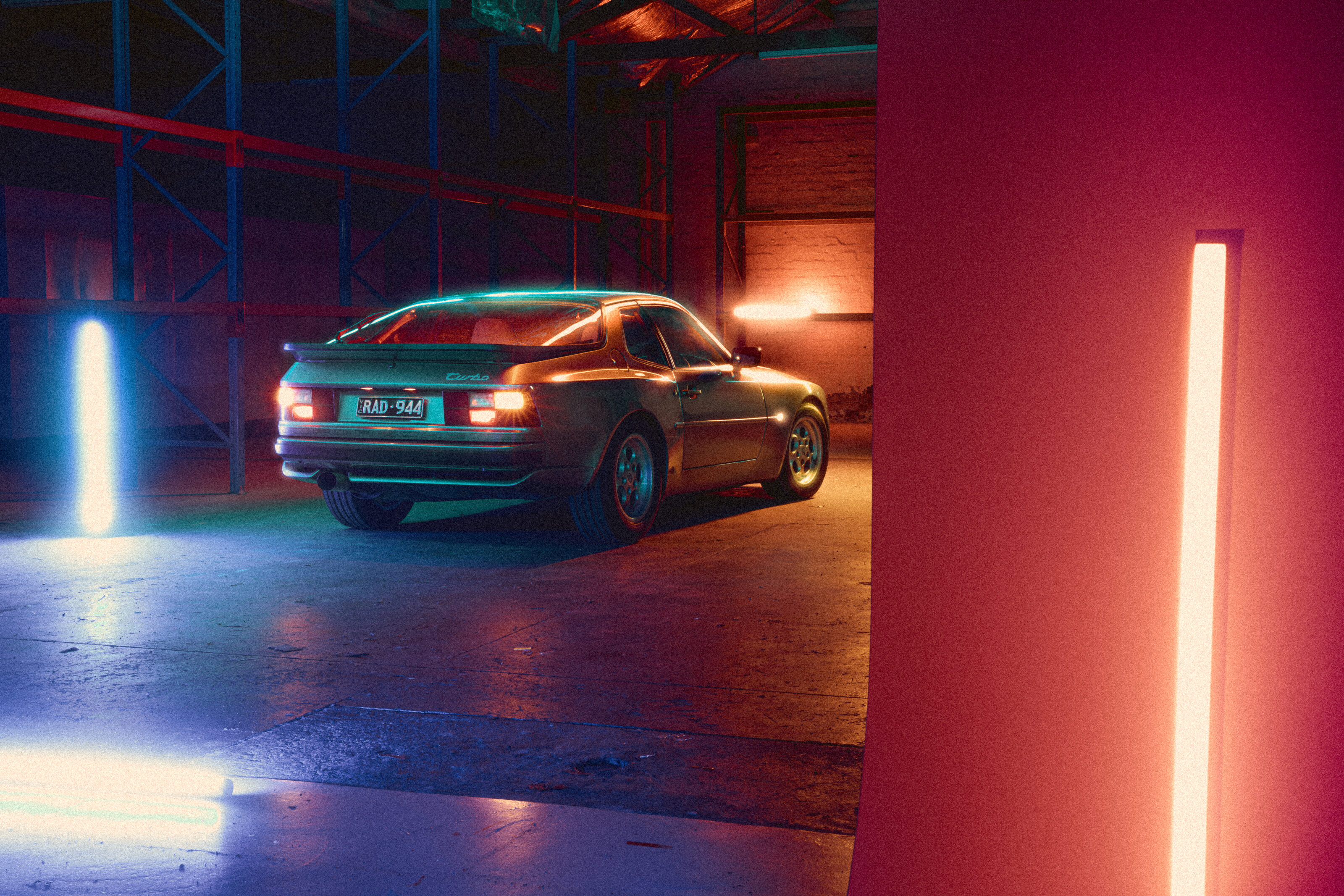
Enter the 944. While clearly a development of the 924 (they shared doors, glass, roof and a Hans Braun-designed dashboard), the 944 was very much its own thing.
Launched at the Frankfurt Motor Show in September ’81, beneath its blistered bodywork lay the bones of the 924 Carrera GT’s chassis but under the bonnet resided an all-Porsche engine – a new all-alloy 2479cc four-cylinder derived from the 928’s V8, with the same 78.9mm stroke but a larger 100mm bore diameter.
Featuring a pair of counter-rotating balance shafts driven by a cogged belt (licensed from Mitsubishi) the engine was tilted 30 degrees to maintain a low bonnet height and in its original 2.5-litre form produced 120kW at 5800rpm and 205Nm at 3000rpm. That may not sound like much, but given the original 944 only weighed 1180kg, it was enough for 0-100km/h in 8.1sec (claim was 8.4sec) and standing 400m in 15.9 when tested by Wheels in September ’82, as well as an effortless 220km/h V-max.
TIME ON ITS SIDE
- One faction inside Porsche wanted the 944 to retain the 924u2019s flat side panels for superior aerodynamics, but the marketing departmentu2019s push for aggression won out. Still, even with its beautiful bulging wheelarches, the 944u2019s drag coefficient of 0.35 was better than a standard 924u2019s, aided by an in-built rear spoiler. With further refinements to the front end and a unique rear valance panel, the Turbo version dropped the 944u2019s Cd figure to 0.33.

The aim with this engine was not only indestructibility – a highly modified twin-cam, 16-valve, turbocharged prototype fitted to a 924 Carrera GTP finished seventh outright at Le Mans in 1981 – but also driveability. Tractable from just 1000rpm yet punching hard to the 6600rpm rev ceiling, the secret to the 2.5-litre’s tremendous elasticity was its torque delivery, offering at least 200Nm from 2500 to 5500rpm, almost like a modern turbo…
Which brings us to the next chapter in the 944’s sports car story – turbocharging. In 1985, Porsche significantly upgraded the 944 with a completely new interior, ditching the old 924 dash for a much cleaner design as pictured here (though many still prefer the ’70s version), in conjunction with new door trims and a repositioned handbrake.
What can’t be disputed, though, is the improvement in driving position. The original 944 had a very low-set steering wheel, meaning taller/larger people would either have it almost brushing their thighs or cutting off the tops of the instruments, or both. So to celebrate the arrival of the 944 Turbo, the post-’85 model repositioned the steering column 25mm higher while new Recaro seats allowed the driver to sit lower.
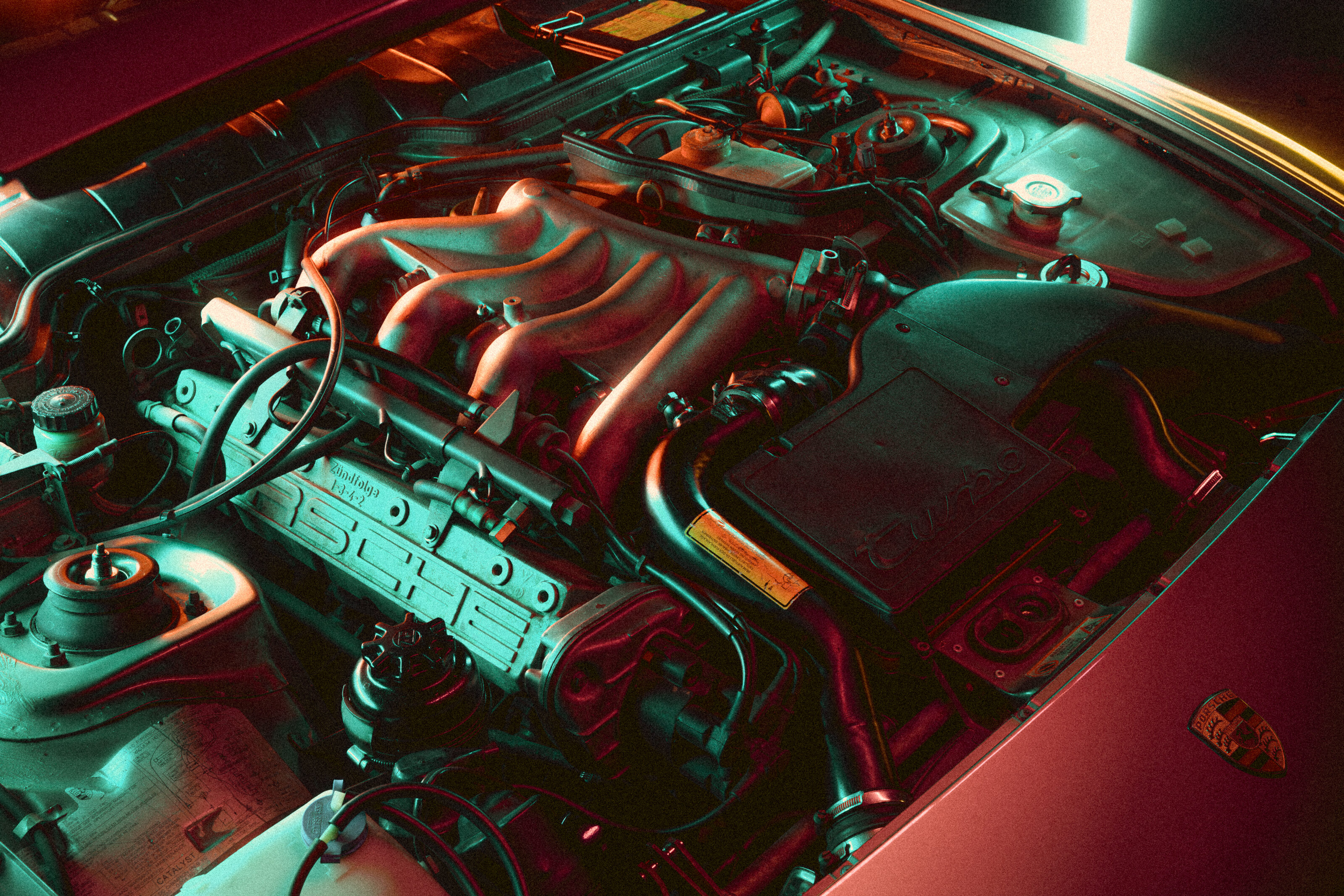
The way the 944 Turbo’s much-improved performance flattered its freshly tweaked chassis made it feel like it was always designed with turbocharging in mind.
But the big news, of course, was under the bonnet. Launched in Australia in early ’86, the 944 Turbo was designed from the outset to drink unleaded petrol (while giving its best on 95 octane or higher), unlike the standard 944 whose outputs fell to 110kW/195Nm with ULP.
Weighing just 16kg more than the regular 2.5-litre, the Turbo’s engineering brief was all about maximising performance without detracting from the 944’s legendary driveability. With a KKK turbocharger running 0.75bar of boost (10.9psi), an intercooler, an electronic wastegate and an anti-knock sensor to allow a high (for its time) 8.0:1 compression ratio, the 944 Turbo boosted power by 35 percent to 162kW at 5800rpm, enough for a claimed 0-100km/h sprint in 6.3sec – marginally ahead of an unleaded 3.2-litre 911 Carrera (6.5sec).
Forged alloy pistons, an external oil cooler, a larger radiator and fuel tank, a bigger capacity alternator, a taller 3.375:1 final-drive (versus 3.889) and a revised fifth-gear ratio proved that this wasn’t simply a case of slapping on a hairdryer. And the way the 944 Turbo’s much-improved performance flattered its freshly tweaked chassis made it feel like it was always designed with turbocharging in mind.

Indeed, a good-condition 944 Turbo is so perfectly balanced and delightfully precise that its sheer competence means it lacks the excitement (and dynamic challenge) of a contemporary rear-engined 911. But that’s probably what also makes it feel relatively modern.
Drive a 944 today and you’ll be impressed by just how well-sorted it is – from the solidity of its doors to the fluency of its chassis to the weighting of its power steering. You’ll also be thrilled by how it shrink-wraps around you, given that at just 4200mm long and 1735mm wide, it’s a surprisingly compact car.
Even without a turbo, a 944 is a fabulously fluent machine on a winding road, but it’s the hard-charging acceleration and harder-edged acoustics of the Turbo version that combine best with the near 50/50 weight distribution of its transaxle layout. It’s no wonder the 944 Turbo was considered one of the finest handling cars of the 1980s. After his first-ever taste of a 944 Turbo, former editor Peter Robinson wrote “just 110 Turbos will reach Australia in ’86 – I will envy their drivers as with no other car.”
A LIGHTER TOUCH
- From the outset Porsche aimed for refined suspension performance. Beyond the 924, the original 944 featured rubber bushings for its transaxle and front tie rods to isolate road shock while the post-u201985 update brought cast-alloy horizontal links for the front struts and cast-alloy rear trailing arms to reduce unsprung weight. Uniquely, the 944 Turbo introduced mixed-width tyres u2013 205/55VR16 front, 225/50VR16 rear.
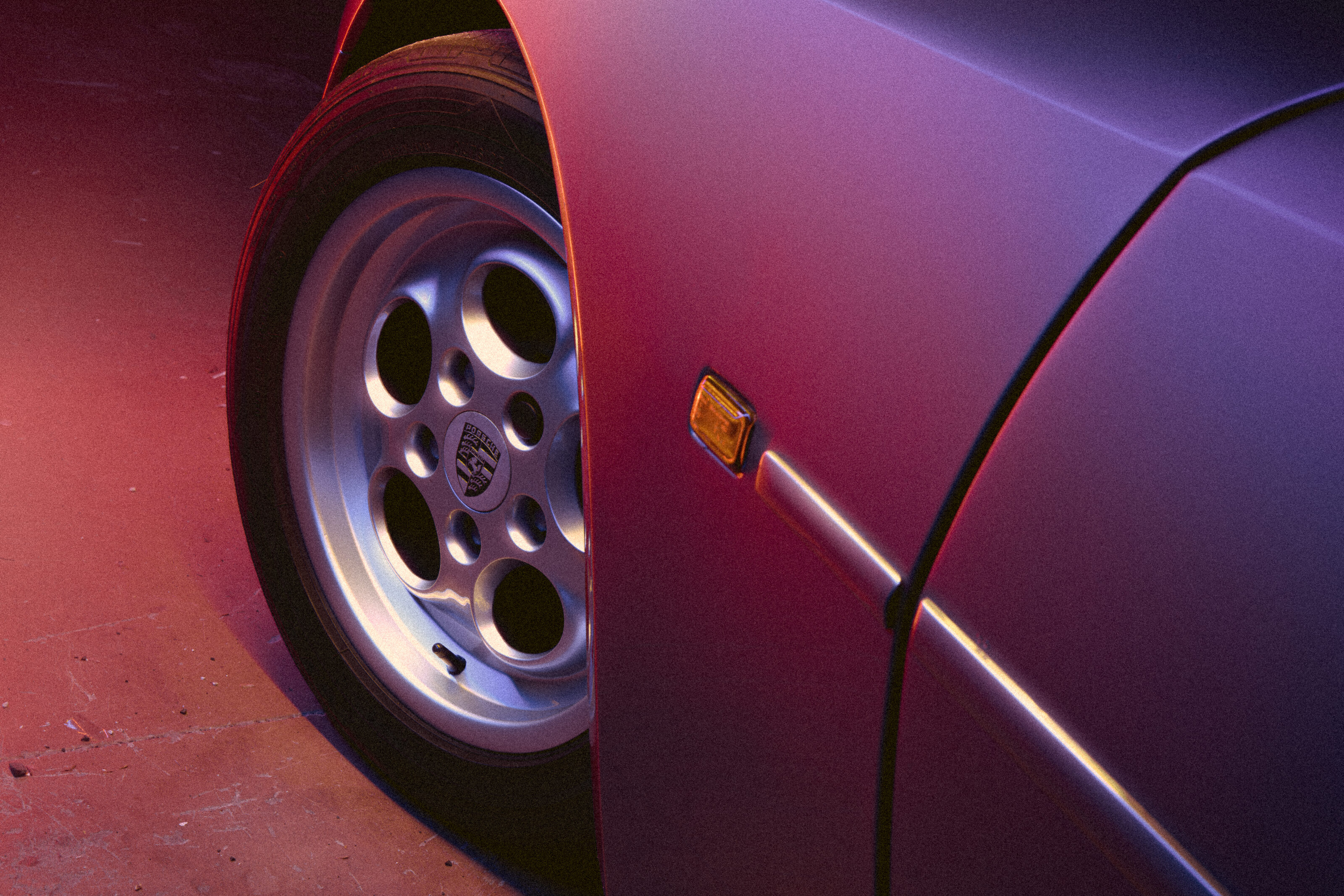
The 944 is even reasonably practical providing you treat it as essentially a two-seater. You can fold down the rear-seat backrests, expanding the decent (if shallow) room beneath its vast, wraparound glass hatchback, and there’s a plasticky luggage cover that can be stretched out over your valuables. But its deep-set rear ‘seats’ are just as useless as a 911’s unless your kid is still in a baby seat, or you need to stick a shortie in there for an extremely short distance.
As the 944 began to age, Porsche endeavoured to keep it modern. The 944S arrived here in 1988 with a twin-cam, 16-valve version of the 2.5-litre for a much-peppier 140kW/230Nm and a 0-100km/h time of 7.7sec. The Turbo was upgraded via a larger turbo and more boost to 184kW/350Nm for a 0-100km/h time of 5.9sec, and 1989 also saw a restyled 3.0-litre 944 S2 – considered the best naturally aspirated 944, complete with 155kW/280Nm – as well as the pretty 944 S2 Cabriolet.
Expensive when new in Australia, it’s been a long time since 944s were worth big money here but that’s already changing. As the children of the ’80s start to see the 944 for what it is – an excellent driver’s car that’s also a pukka Porsche, capable of handling big mileages when serviced properly (think 400,000km), and with unbeatable parts support – its current values are going to keep on climbing.
Simply because it isn’t a 911 – or a 924 or 968, for that matter – the 944 will always occupy its own niche among historic Porsches. Much like the brash young things that aspired to own one in the flashy ’80s, there’s an irreverence about the 944 that makes it perpetually, unequivocally cool.
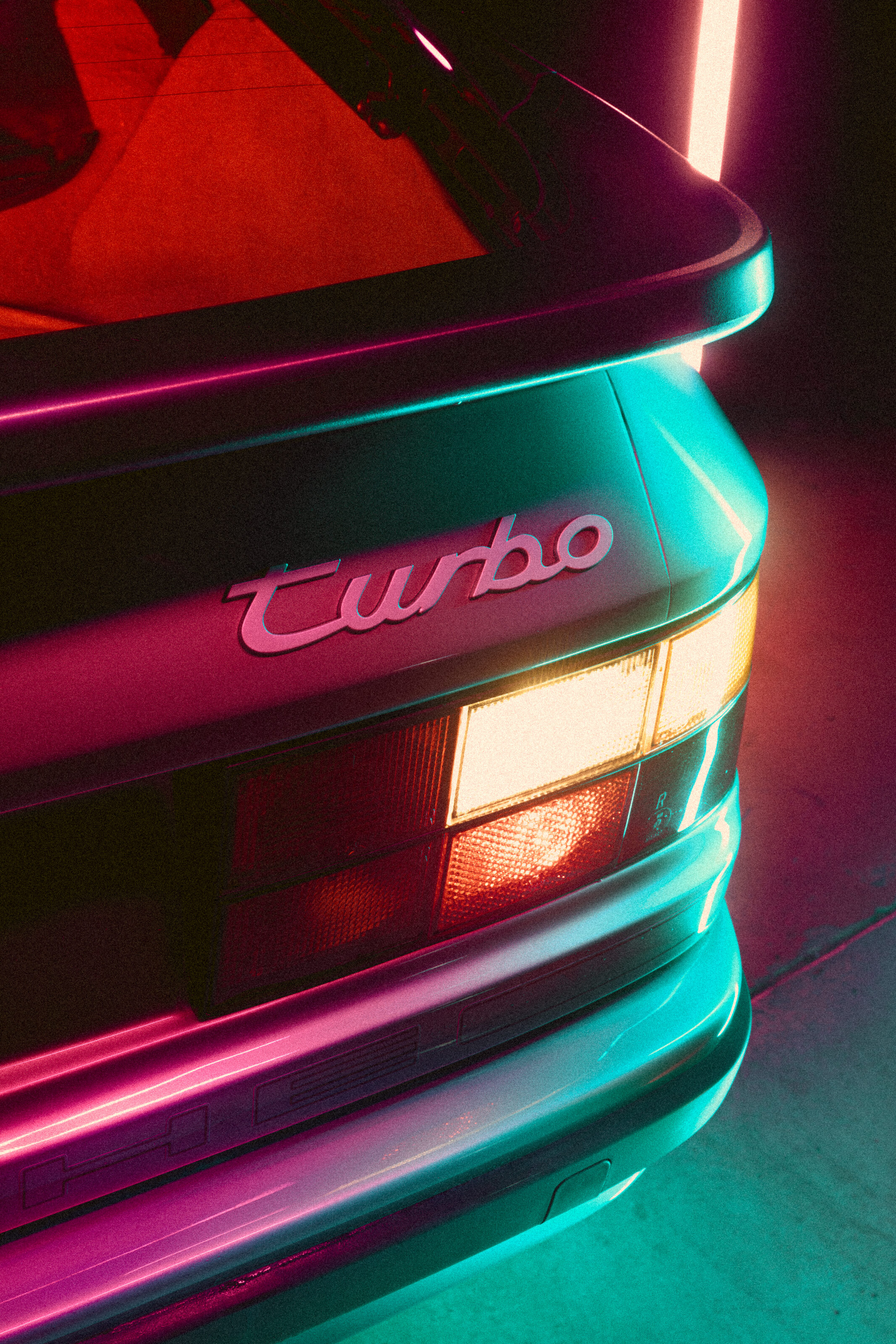
We recommend
-
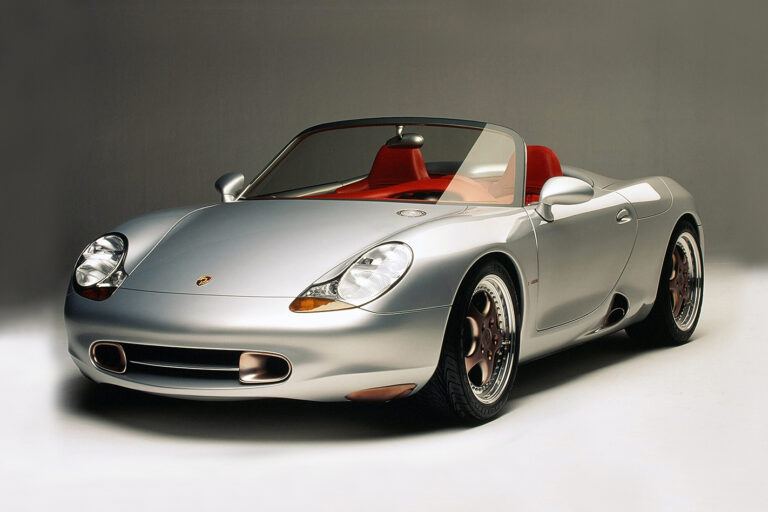 Features
FeaturesHow the Boxster saved Porsche 25 years ago
Brilliance often springs from necessity. When Porsche’s survival was on the line 25 years ago, enter its saviour: the Boxster
-
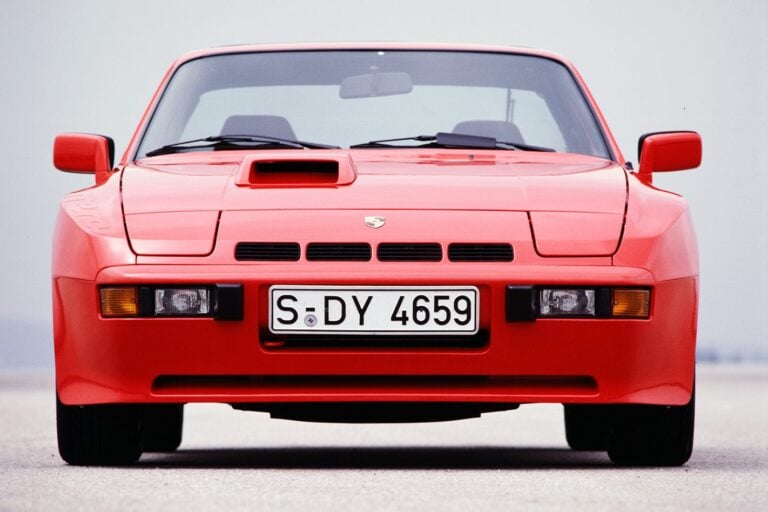 Features
FeaturesPorsche’s 24 Hours of Le Mans homologation special that everyone forgot about
For so long the unloved Porsche, the 924 came very good with the Carrera GT. Respect is most definitely due.
-
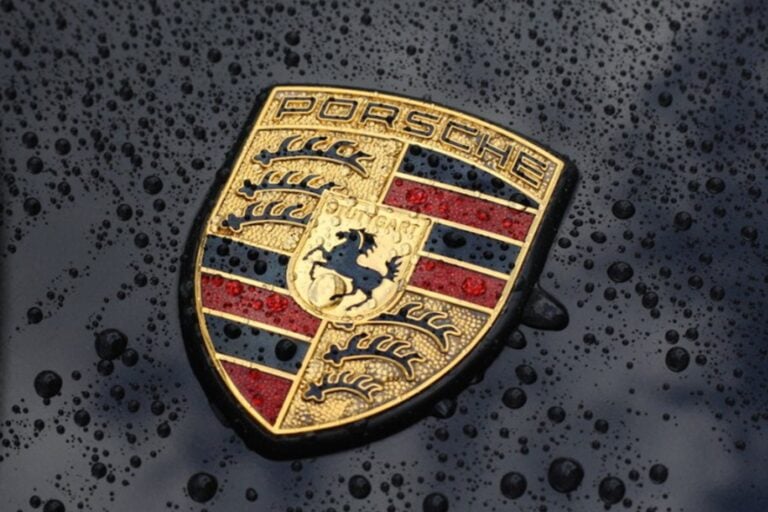 Features
FeaturesTop 6 Porsches you can still afford
With 911 prices soaring beyond reach of regular punters, here are six alternatives to satiate a Porsche hankering for less than $50k





